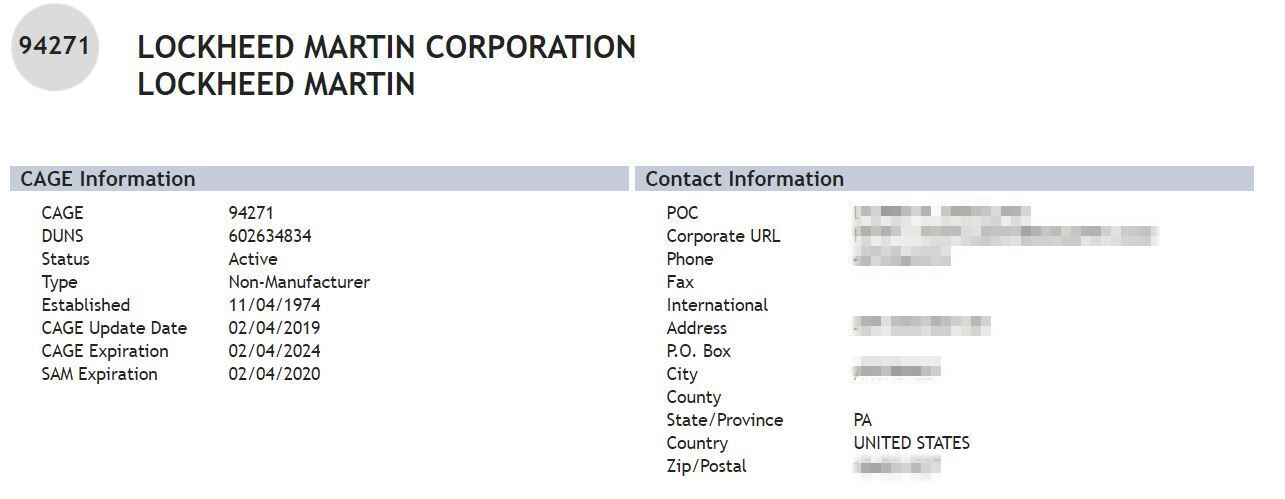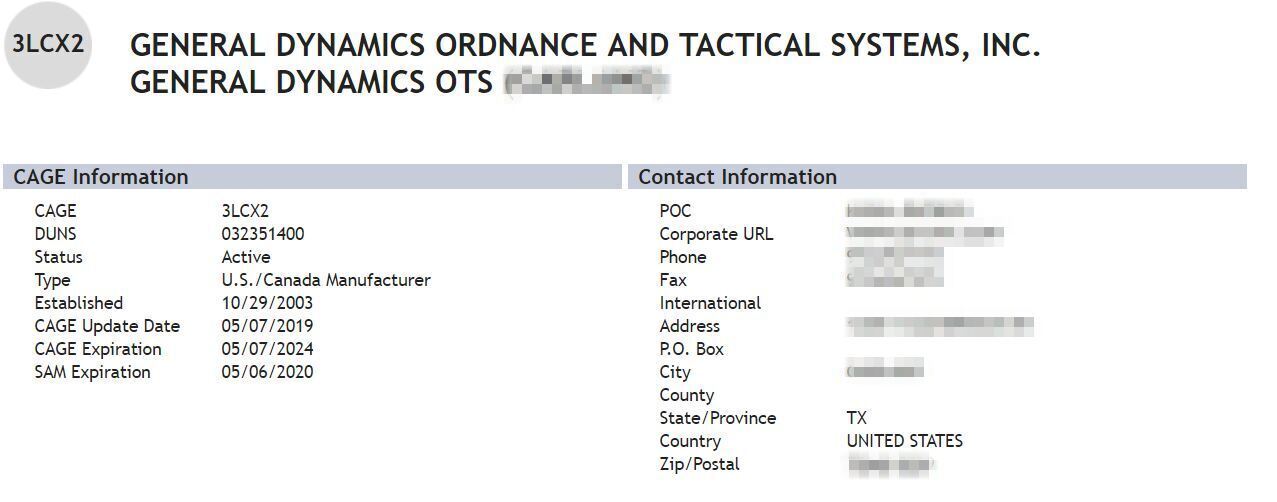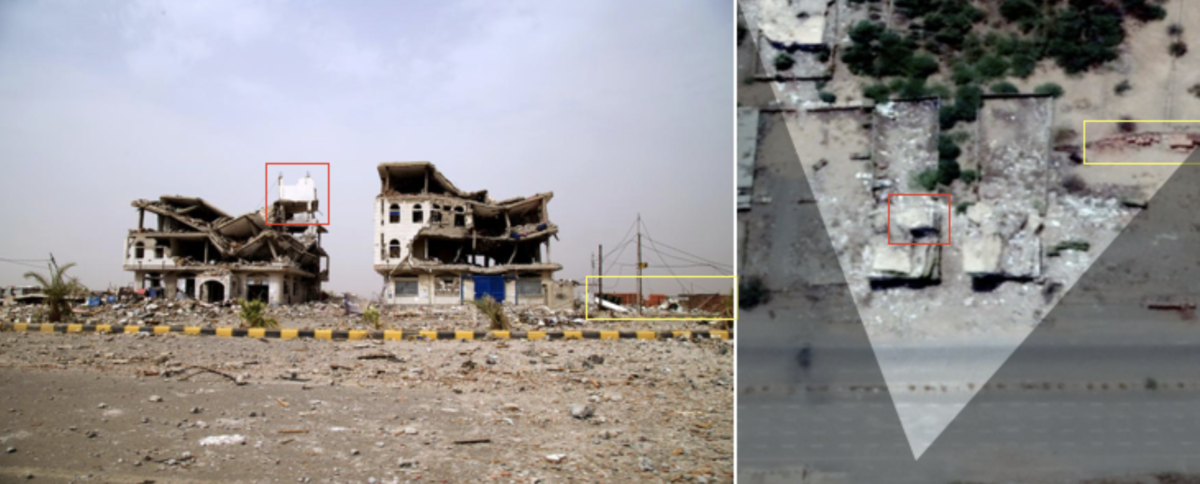Alabama, North Carolina, And Other States Move Billions In Weapons To Saudi, UAE
Individual U.S. states such as Pennsylvania, Massachusetts, Arizona, and others have exported hundreds of millions of dollars in weapons to Saudi Arabia and the United Arab Emirates since the Saudi-led war in Yemen began. Altogether, per publicly available data released by the U.S. government, 11 states plus the District of Columbia have each exported over $100 million in weapons for Saudi Arabia and the UAE. Altogether, up to $6.8 billion in bombs, rocket launchers, machine guns and other weapons are mapped below using open source data provided by the U.S. government.
The top five states for these goods (excluding the District of Columbia’s $737 million in exports) are North Carolina, Arizona, Alabama, Pennsylvania and Arkansas. Rounding out the remaining spots are New Mexico, Maryland, Florida, Massachusetts, Virginia, and New Hampshire.
Some of these exports may be linked to alleged war crimes. Building on previous reporting by Bellingcat, identifying marks on U.S. bombs used in the Dahyan bus bombing which killed at least 40 children and 11 adults, revealed that they were partially produced in Pennsylvania, the fifth largest exporter of weapons to Saudi Arabia and the UAE. Parts found at incidents lead to manufacturers in Texas, showing that even small exporters can have an outsized role in possible human rights violations.
Methodology
The Census Bureau organizes the data using a six digit international standard for goods known as the Harmonized Commodity Description and Coding System (HS). These HS codes cover everything from agricultural goods to parts for military firearms. Using these codes, all other exported goods to Saudi Arabia and the UAE from 2015-March 2019 were filtered out from the dataset.
The data can be viewed from point of origin, or point of departure. Unless otherwise specified (as is done in the Wilmington and Tucson examples), all data used was point of origin data.
While not visualized, census information on which U.S. ports weapons are being exported from is included in the written portion of the analysis.
Shotguns, pistols and parts were not included in the data set due to the fact of Saudi Arabia’s relatively high level of private firearm ownership, which could skew the data. Included in the total export amounts are $48,222,682 in bombs, mines and guided missiles to the UAE that the Census data classifies as of “unknown” origin.
Six codes that were used for this particular dataset follow definitions included in the 2018 U.S. tariff schedule. The six codes, and the goods they cover, are:
930110 = Military Artillery Weapons (eg, Mortar, Howitzer)
930111 = Self Propelled Artillery Weapons
930120 = Rocket Launchers, Grenade Launchers, Torpedo Tubes and Flamethrowers
930190 = Machine Guns, Military Rifles, and Military Shotguns
930591 = Parts & Accessories of Military Weapons
930690 = Bombs, Guided Missiles, Grenades, Mines, Ammunition and Parts thereof
Census data has its limits, however, and should not be mistaken for a full accounting of U.S. weapons sales. For example, code 930111 (self-propelled artillery weapons) shows no sale of a M142 HIMARS system to the UAE. But information from the Stockholm International Peace Research Institute shows a HIMARS delivery worth $143 million to the UAE in the timespan covered by the Census data. HIMARS systems have been seen used by the Saudi-led coalition in Yemen.
The Major Players
By far the largest exporter is North Carolina. From 2015 to March 2019, North Carolina moved over $1.9 billion in arms primarily to Saudi Arabia. Only $15 million of goods from North Carolina went to the United Arab Emirates.
The largest category of goods both produced in and exported from North Carolina are code 930690 goods — an umbrella category for bombs, guided missiles, grenades and mines. While not a party to the Ottawa Mine Ban Treaty, the U.S. has committed since 2014 to destroy landmine stockpiles not destined for use in South Korea. Despite “mines” being part of the 930690 umbrella it is likely the majority of goods leaving North Carolina are high-value aerospace goods. Home to the largest U.S. military base in the world,North Carolina has a robust and growing defense industry. This is supported by a variety of public relations endeavors advertising the state as a cheap option for aerospace and defense manufacturing.
Port-specific data shows a majority of shipments to Saudi Arabia left via the North Carolina maritime port of Wilmington, making it the largest point of departure for military goods to Saudi Arabia in the U.S.. A representative of the North Carolina Port Authority did not respond to questions about whether the port was facilitating foreign military sales to Saudi Arabia.
Arizona is the second largest source of weapons, with $1.2 billion to Saudi Arabia and the United Arab Emirates since 2015. In 2017 alone Arizona exported $328 million in bombs, guided missiles and related goods to the UAE, and almost $478 million to Saudi Arabia.
These massive numbers can be accounted for by the large presence of the aerospace industry in Tucson. Raytheon’s Missile Systems arms is based in Tucson and is the highest revenue generating business manufacturing guided missiles in North America.
Raytheon’s Tucson arm produces the Paveway II guided bomb kit alongside Lockheed Martin’s Pennsylvania branch. A device used in some of the most high-profile bombings in Yemen.
Raytheon is one of the largest employers in Arizona with 12,000 employees, slightly less than the number of people in Arizona employed by McDonald’s.
Arizona’s exports are not limited to high-value aerospace goods. Over $41 million in artillery and nearly $27 million in machine guns and other military firearms went to Saudi Arabia since the Saudi intervention in Yemen began. In contrast to North Carolina, port data from the Census Bureau shows these goods are both produced in Arizona and flown out of the country via Tucson rather than through maritime ports in California.
Alabama comes in third place with $789 million. Of this, $719 million are bombs, guided missiles, and related goods to the UAE. Alabama exports more goods to the UAE than any location other than the District of Columbia. Lockheed, Raytheon, BAE Systems, and Boeing all have a major presence in Alabama.
The Northern Gun Belt
Massachusetts was the largest exporter of machine guns and military rifles to Saudi Arabia and the UAE with $55 million. Pennsylvania came in second with $45 million, and Nevada a distant third with $35 million since the war in Yemen began. This presents a conservative estimate of overall U.S. gun sales to the two nations as the dataset excluded pistols and any other firearms exports possibly going to Saudi Arabia’s large civilian gun market.
New Hampshire was the largest exporter of rocket launchers and grenade launchers with exports of $61 million. Massachusetts came second with $49 million, and Pennsylvania third with $45 million. At least some of these goods left through the port of Baltimore as first reported by New Hampshire Public Radio.
The Human Cost
One of the most important questions posed by U.S. sales of weapons to Saudi Arabia and the UAE is what do these numbers mean? Can goods manufactured in specific U.S. states actually be tied to civilian deaths or even potential war crimes in Yemen? The answer is yes.
The Dahyan bus bombing that took place the morning of August 9, 2018 killed scores of children and injured many others. Bellingcat previously traced the fragments of a Paveway II bomb kit to Lockheed Martin. The Paveway II bomb kit turns an unguided “dumb” bomb into a laser-guided munition.
Running the CAGE numbers on the Paveway II fragments through publicly available databases leads to a Lockheed facility in Pennsylvania where the Paveway II is produced. Pennsylvania is the 4th largest state exporter of weapons to Saudi Arabia and the UAE. In 2016, Lockheed’s Pennsylvania plant has “quadrupled production” of the Paveway II kit.
Other CAGE numbers on the fragments lead to a General Dynamics branch in Texas where the actual bomb casing for the MK82 is produced. The MK82 is the actual bomb the Paveway II kit is attached to. Texas comes 19th in terms of bomb and bomb exports, highlighting how even small exporters can end up having an outsized role in potential human rights violations.
Conclusion
Utilizing open source government data allows us to shed more light on the opaque world of U.S. arms sales. Each year billions of dollars in weapons are produced as part of Foreign Military Assistance and direct sales between defense contractors and unnamed countries. The data here is a small snapshot of the billions in weapons sales.
Those sales are due to rise. The Trump administration has made 2019 a banner year for undoing arms control measures. The first is push to stop classifying semi-automatic rifles and sniper rifles as weapons and take control of their export away from the State Department. The second is to “unsign” the U.S. from the Arms Trade Treaty. The third is to use a loophole in the law to push forward arms sales to Saudi Arabia and the UAE without congressional approval.
Since the intervention in Yemen began in 2015, Saudi and Emirati aircraft have conducted over 18,500 air raids, destroying hundreds of schools, farms, hospitals, and marketplaces. By March 2018 Saudi and Emirati forces conducted 161 air raids against weapons caches, and 221 against schools. Conservative estimates say more than 85,000 children have died as a result of the man-made famine that has resulted from the conflict. Saudi Arabia and the United Arab Emirates have continued strikes despite UN saying further strikes could lead to “the world’s worst famine in 100 years”.
I would like to thank John Poland of Stop US Arms to Mexico for introduction in navigating the Census website, and the Forum on the Arms Trade workshop for inspiring the piece.





